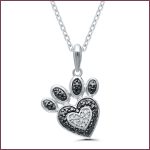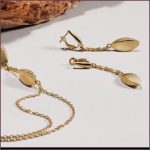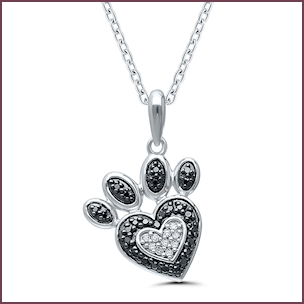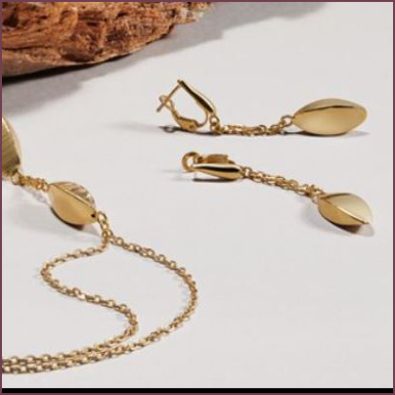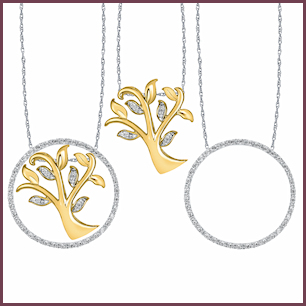Smart Tech Watches
With 17 million pieces sold last year, the smartwatch market is growing steadily. A reflection in part of their more accessible pricing, the latest versions look to strike a balance as an aesthetically traditional watch with smartwatch functionalities. Several established watch brands and new smartwatch companies launched their latest models at the world’s most influential watch fair Baselworld last month.
 But while “smart” is the buzzword in watches, many see smartphone connectivity a separate product category. “It’s in some ways two separate markets,” describes veteran watch journalist Carol Besler for watchdetail.com. “Sales of smartwatches have not come at the expense of mechanical watches. The smartwatch phenomenon is bringing new young watch consumers into the segment that will move on to real watches next. Let’s face it, every Apple watch looks like every other one, with subtle options, and even the biggest Apple fans will eventually want something else for their wrists. Fortunately there’s a lot to choose from. If I were a retailer, I’d offer an Apple watch trade-in program!”
But while “smart” is the buzzword in watches, many see smartphone connectivity a separate product category. “It’s in some ways two separate markets,” describes veteran watch journalist Carol Besler for watchdetail.com. “Sales of smartwatches have not come at the expense of mechanical watches. The smartwatch phenomenon is bringing new young watch consumers into the segment that will move on to real watches next. Let’s face it, every Apple watch looks like every other one, with subtle options, and even the biggest Apple fans will eventually want something else for their wrists. Fortunately there’s a lot to choose from. If I were a retailer, I’d offer an Apple watch trade-in program!”
Gary Girdvainis, publisher of WristWatch and AboutTime magazines concurs, noting that watch brands are trying to compete outside their territory. “Brands are all afraid of missing the boat, but not sure where the boat is going. You can have a knock off of an Apple watch for a fraction of the price. Anyone who wants functionality will be able to get it for the cost of lunch.” He agrees that smartwatches are gateways for millennials who gave up watches for smartphones to now begin entertaining the idea of wearing a watch again. “When these same millennials reach their 30s, after spending the last few years wearing a smartwatch, graduating to a real timepiece will be their next step.”
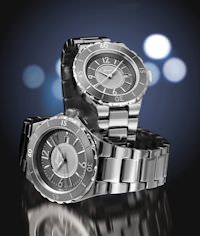
Alan Grunwald, president of Belair Time Corporation, a Lakewood, New Jersey based private label watch manufacturer believes smartwatches have already drawn in many of the younger generation who has not been wearing watches. “We’ve seen a big upswing in sales during the first quarter of 2016. There’s no question smartwatches are no longer a fad. But no matter how functional they are, they always leave something to be desired in styling. That’s why we continue to focus on fashionable designs and unique finishes that smartwatches can never compete with.”
Watchmakers share that a major problem for smartwatches is that retailers are reluctant to take on products that may be out of date in six months. So while connectivity brings advantages, it’s important that even if you don’t use the functionality you still have a beautiful watch. Girdvainis notes that consumers are happy to change their phones regularly because it’s a practical product. But a watch is an emotional product, not a gadget.
High Tech
Girdvainis says while step counters are cool, what’s really smart in watch wear is technology like solar and satellite where the wearer does not have to do anything to power or adjust the time on their watches.
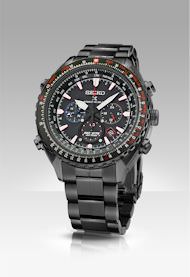 “While mobile phones and smartwatches will impact the market, they won’t take sales away from traditional brands like Seiko, with a clearly differentiated offer,” Shinji Hattori, president and CEO of Seiko Watch Corporation, told the Baselworld Daily News. “Our sales of mechanical, solar and GPS watches are unaffected by these converging technologies trend, and I believe this will remain so. Seiko’s experience is that the traditional watch market is very resilient. In the next five years, traditional watches with exceptional added-value will do well.”
“While mobile phones and smartwatches will impact the market, they won’t take sales away from traditional brands like Seiko, with a clearly differentiated offer,” Shinji Hattori, president and CEO of Seiko Watch Corporation, told the Baselworld Daily News. “Our sales of mechanical, solar and GPS watches are unaffected by these converging technologies trend, and I believe this will remain so. Seiko’s experience is that the traditional watch market is very resilient. In the next five years, traditional watches with exceptional added-value will do well.”
Named “Brand of the Year” for 2015/2016 by the World Branding Forum, out of 2,600 companies in 35 countries, Seiko introduced many new models including its new Prospex Radio Sync Solar world time sports chronograph, designed for extreme conditions yet styled for everyday wear. Priscilla Ilarraza, public relations specialist for Seiko, says this new technology, optimized for pilots, offers precision of one second every 100,000 years and receives time signals across a wider geographic area, delivering greatly enhanced coverage in Europe and China, as well as throughout the USA and Japan.
Technology remains an important trend in gents’ watches. Samantha Barker, public relations and social media coordinator for Citizen Watch Company of America, New York City cites the trend for travel watches that help you stay in time while changing time zones. “We’ve focused a lot of time on this need and the result is our Satellite Wave collection that gives you the precise time anywhere in 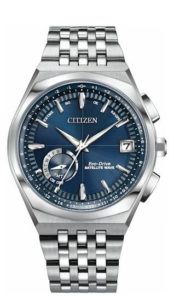 world!” The latest Satellite Wave GOS (Cal. F900), in more business styles with 2016 models sportier, uses both light-power and satellite-synchronized technologies. She notes that Citizen was the first to come out with a smartwatch, the Proximity, featuring perpetual calendar chronograph with second time zone, 12/24-hour time, powered by Eco-Drive technology, and Bluetooth 4.0 compatible with iPhone.
world!” The latest Satellite Wave GOS (Cal. F900), in more business styles with 2016 models sportier, uses both light-power and satellite-synchronized technologies. She notes that Citizen was the first to come out with a smartwatch, the Proximity, featuring perpetual calendar chronograph with second time zone, 12/24-hour time, powered by Eco-Drive technology, and Bluetooth 4.0 compatible with iPhone.
“Technology is ubiquitous in life, however, the thought is shifting where integrating technology into wearables is concerned to the point where it becomes an extension of the human form,” says Thierry Casias, creative director for Bulova Corporation, New York City. “Ergonomics plays a big role in that and the Bulova CURV exemplifies this with the groundbreaking debut of the world’s first curved chronograph movement. Built from the inside out, it took over two years to perfect the thinnest possible profile, with accuracy three times greater than normal quartz movements, and a frequency eight times greater than standard quartz crystals.”

